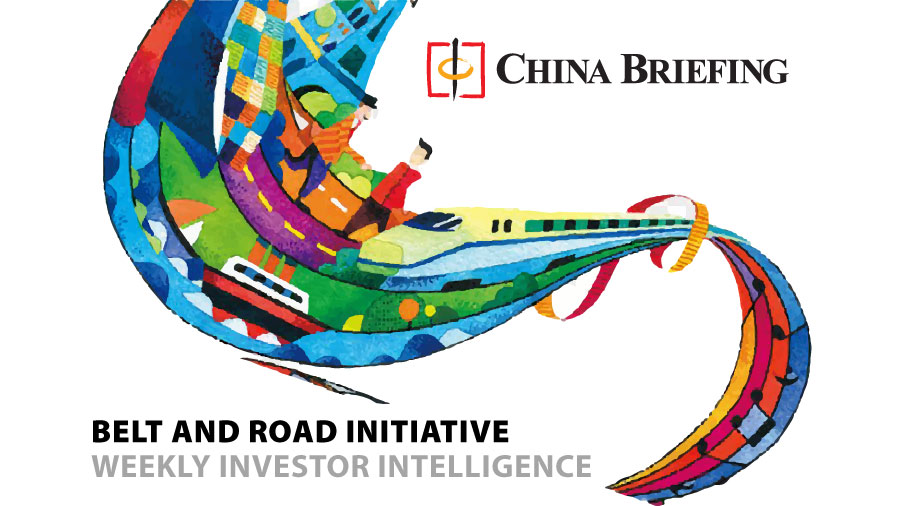Belt and Road Weekly Investor Intelligence, #24
Welcome to this week’s issue of China Briefing’s Belt & Road Initiative Weekly Investor Intelligence round up.
In this week’s edition, we examine in some detail the complexities of the Afghanistan peace process and the scheduled withdrawal of the United States military from the country in just 18 days’ time. It is a subject ignored by much of the Western media but has significant implications for the security of Central Asia and the development of the region as part of the Belt & Road Initiative. It also impacts heavily on China’s Xinjiang Province and explains some of the issues there.
Overall, this week’s issue showcases the various diplomatic efforts being made to usher in a new era of peace and development – and where geopolitical obstacles may lie.
The US Military is Set to Withdraw from Afghanistan on May 1. What Happens Next?
A breakdown in peace talks leave China, Russia, India, and Pakistan picking up the pieces. China’s trade deals with Iran and Saudi Arabia are part of the process; at stake is the future of Central Asia.

The Afghan Peace Process, China’s Xinjiang Issue, and the Dangers of Western ‘Crusaderism’
There has been plenty of critical Western foreign media attention – and threat of sanctions – over the situation in China’s Xinjiang Province. It is useful to recall that the criticism has come largely from the US and EU concerning Xinjiang and that different efforts and concepts are emerging to secure stability.

The Intra-Afghanistan Railway: Connecting Central Asia to the Indian Ocean
Pakistan, Uzbekistan, and Afghanistan have agreed to a roadmap for the building of a 573-kilometer route from Mazar-e-Sharif to Peshawar, via Kabul. The project, at an estimated cost of US$5 billion, will open Pakistani seaports on the Arabian Gulf to Uzbekistan and continue Afghanistan’s gradual integration into the Central Asian economic system.
Xinjiang-Alternative Cotton Sourcing Options in India, Pakistan, Bangladesh, and China
Xinjiang dominates global supply chains for cotton and apparel sourcing, which poses an immediate challenge for companies that cannot afford to shift cost-competitive sourcing contracts or do not find adequate alternatives. In this article, we briefly look at sourcing destinations in South Asia, namely, India, Pakistan, and Bangladesh as well as other provinces in China – to assess alternatives to Xinjiang in the global supply chain.
New China Plus Investment Guide: Identifying Opportunities Within the Belt & Road Initiative
This 142-page guide is a unique study into where investment opportunities are arriving within China’s Belt & Road Initiative. As infrastructure builds are completed, investment potential increases. This book discusses the complete free trade, tax, and legal aspects of the BRI as well as detailing potential pitfalls.
No UK-Russia Trade Deal, But Moscow and London Follow Similar Trade Strategies in Asia
The UK is following an identical path to Russia in developing trade relations with India, ASEAN, and East Asia. Corporates from both could team up to take advantage of each other’s strengths, some including Free Trade Agreements one has but the other does not.









Comments